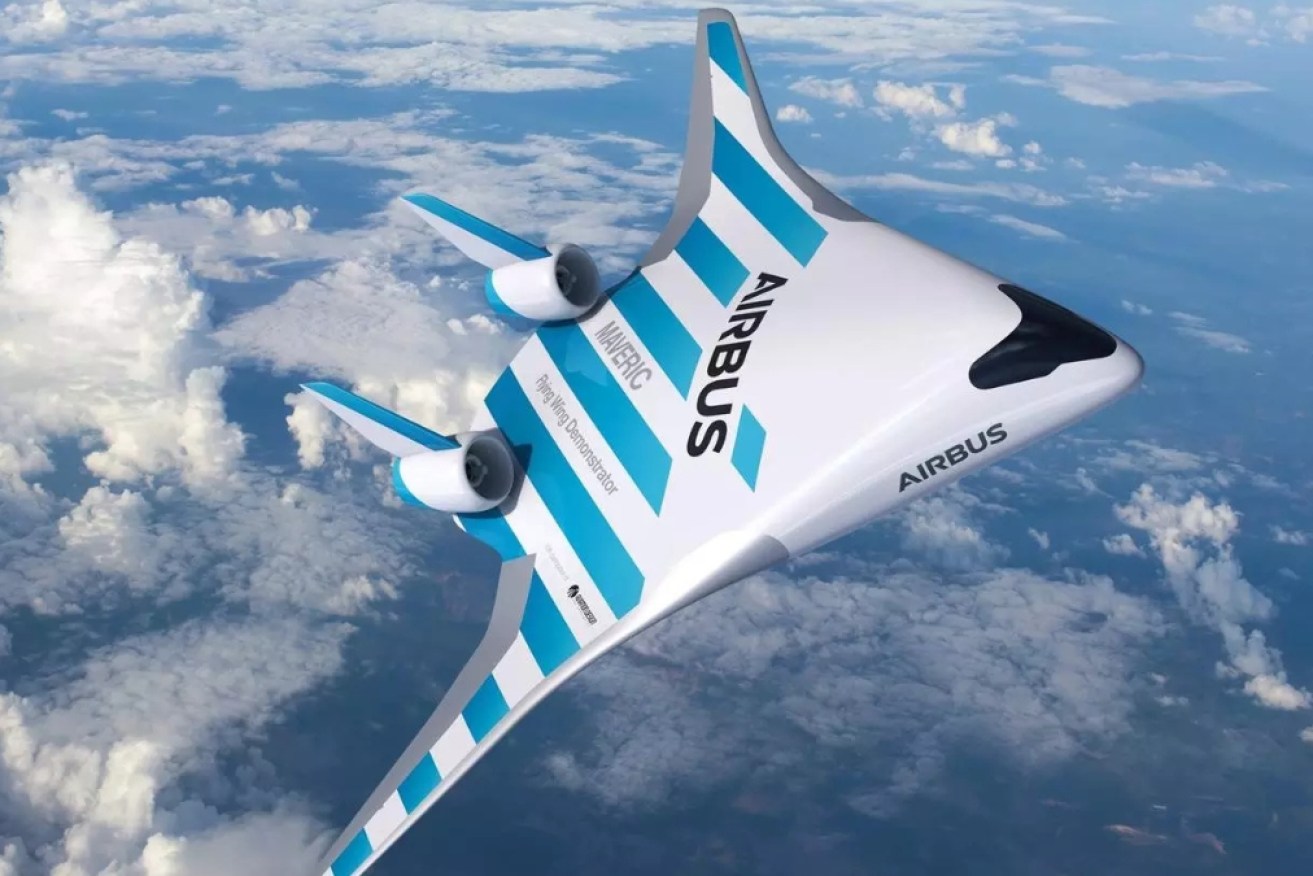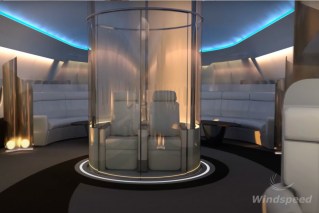Exciting plane design waits in the wings for fuel prices to rise


Commercial flight might be due for a more efficient upgrade. Photo: Airbus S.A.S
Passenger planes haven’t changed much in looks over the years, but the industry knows there’s a more fuel-efficient option for aircraft bodies – they just haven’t been motivated enough to make any big changes, one expert says.
In general, passenger planes all look the same; whether they are wide-body or narrow-body, the passenger or cargo-carrying cabin is in the form of a long tube, mounted on two wings.
This model gets the job done.
But another form of aircraft body could transport passengers from Point A to Point B while using 20 per cent less fuel than traditional planes.
A ‘blended wing body’ (BWB) merges an aircraft’s wings with a wide body, allowing the entire aircraft to generate lift and minimise drag, with a shape similar to a paper plane.
Matthew Marino, senior lecturer at the School of Aerospace Engineering and Aviation at RMIT University, said this means the space that carries passengers and cargo becomes part of the plane’s wings, and every surface of the aircraft does some work.
BWB could not only significantly save on fuel costs and emissions thanks to its increased fuel efficiency, but the design would also mean more room for passengers on board – or possibly, more seats.

Cabins would look very different in a blended wing body. Photo: JetZero
“Undoubtedly, there will definitely be more room for passengers because you’re opening up a very large section of the aircraft,” Dr Marino said.
“An A380’s a ‘3x3x3’ seating scenario; in this [BWB] configuration, it can be vastly more, mainly because you don’t have the width limitation, [so] you can go quite a fair way out.”
Slow transition
The concept of a BWB was developed decades ago, and the aviation industry has shown a lot of interest, with Boeing and Airbus currently developing their own models.
NASA has partnered with JetZero, a company which is aiming to introduce commercial BWB jets into service by 2030.
While BWB aircraft are already in use by military forces, the commercial aviation industry has been slow to take the design up.
Dr Marino said the delay is likely due to the need to develop a new certification process for commercial BWB use, which has been weighed against demand for the model.
“Essentially, with the normal aircraft today, we have certification pretty much figured out,” he said.
“When there’s a new design, a new manufacturing process, or anything that the existing certification process doesn’t cover, it means that the aircraft designer has to pay and invest for a new certification progress, as well as the development of their aircraft.
“[This] makes it very expensive, so there has to be a very clear, defined return on investment.”
Source: Airbus
While the potential return on investment hasn’t been enough to sway airlines and manufacturers up to this point, Dr Marino said a significant spike in fuel prices could change things.
Fuel is one of the most significant costs for airlines, accounting for up to 40 per cent of expenses, so BWBs have the potential to make some significant savings.
“It all comes down to fuel prices,” Dr Marino said.
“If the fuel prices climb, and they keep on going up, I do think we’re going to need a particular design that ends up saving a lot of fuel costs. But if fuel stays really low … then essentially, novel designs like this don’t get pushed very strongly.”
Whether or not fuel prices rise, he said the commercial aviation industry will likely eventually bring BWB aircraft into play – it just might take its time.
“It’s very, very efficient design; every single study that we’ve seen on that particular aircraft, you get very real efficiency gains, you get significant reductions in fuel,” he said.
“So, I dare say that type of aircraft has a good chance to make it into mainstream aviation.”

















